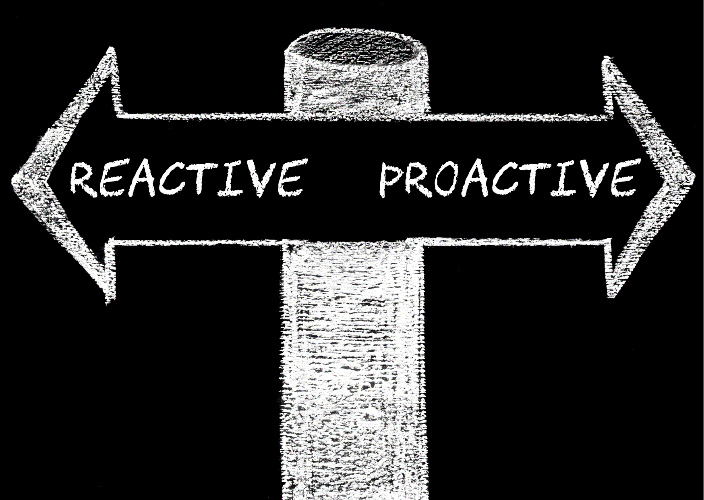March 24,2023
Reactive safety approach & Proactive safety approach

The reactive safety approach is an important component of safety management systems, focusing on the prevention of harm through the use of proactive strategies such as hazard identification and risk assessment. It involves the monitoring of safety performance and the analysis of safety data to identify potential safety concerns, and then taking immediate corrective measures to address them.
Reactive safety approaches are often used in industries that experience a large number of accidents or incidents. Examples include the aviation, nuclear, and chemical industries, where the risks are high and the potential consequences of an accident are severe. In these industries, reactive safety methods are used to identify and respond to potential hazards before they cause an incident or injury.
The reactive safety approach helps organizations to be more proactive in their safety management.
For example, they can implement policies and procedures to control hazards, provide training and education to personnel, and conduct regular safety drills and exercises. In addition, they can use safety data to identify trends or weaknesses in safety performance and take steps to improve safety measures. Finally, safety audits can be used to ensure that safety processes and procedures are being followed correctly.
A proactive safety approach is an approach to safety management that aims to identify and address potential issues before they become a problem. This approach is based on the idea that it is better to prevent hazards and risks than to try to address them after they have already occurred.
Proactive safety approaches involve taking steps to identify potential risks, such as developing hazard assessment protocols and conducting regular safety inspections. They also involve implementing preventive measures to reduce the likelihood of an accident occurring, such as implementing safety training and providing safety equipment.
Examples of proactive safety measures include developing safety protocols and procedures, conducting safety audits and inspections, providing safety education and training, and implementing safety equipment and controls.
Blog Written by:
Mohamed Nazeer Ali
Safety Trainer
CAPITAL EQUIPMENT SERVICES LIMITED




